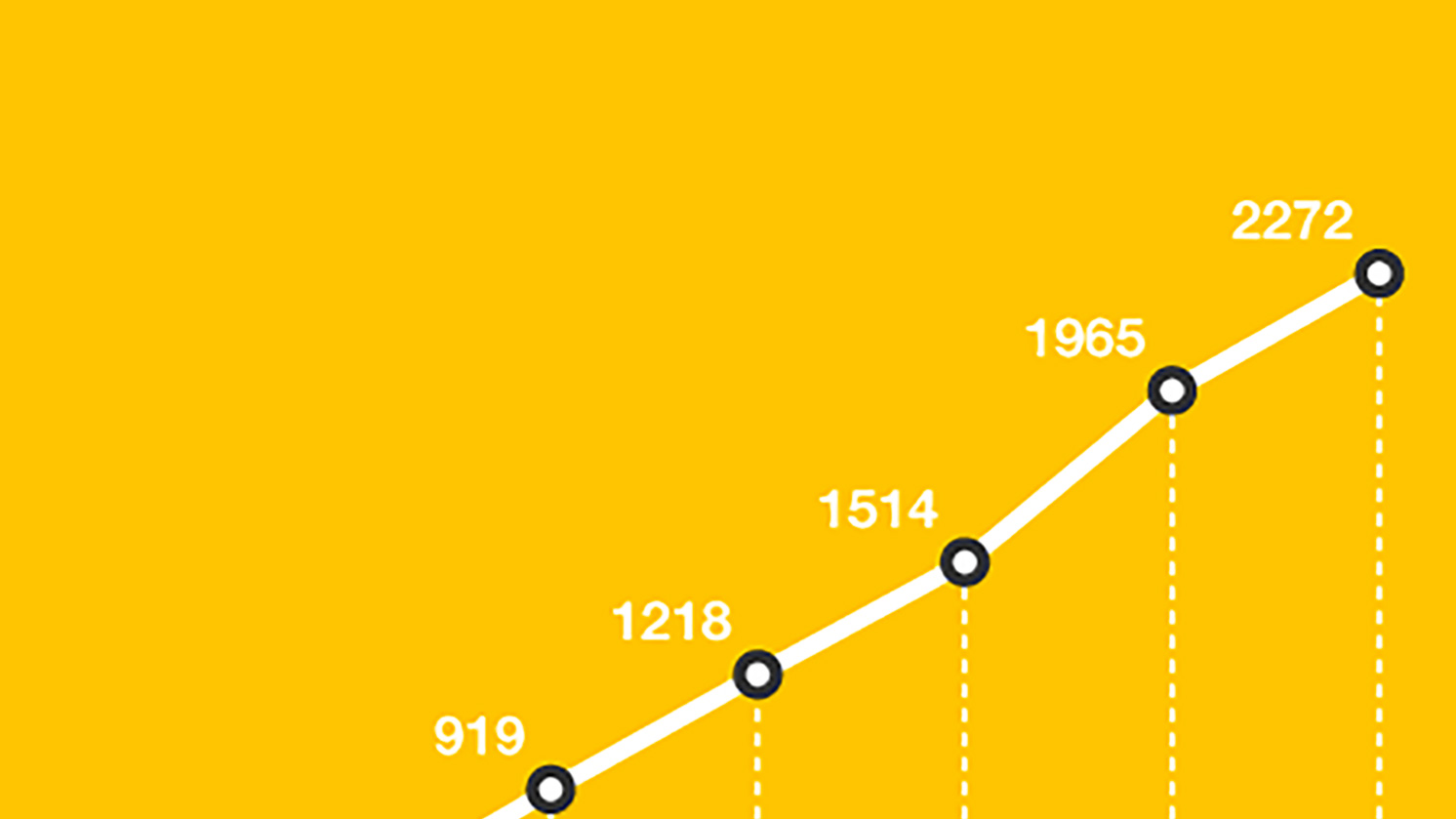Hello Lamp Post: Week #1 Stats

Sam Hill
24th July 2013
The first week of Hello Lamp Post (15-21st July) is complete and we thought it might be interesting to summarise how it went. In the coming weeks we can tunnel a little bit deeper into specific parts of the data (responses to particular objects and questions etc), but seeing as it’s early days right now we’re just going to give a glancing overview of activity.
Unique Players
We had just under 1000 new players take part…
Conversations
Players initiated just shy of 2300 conversations with their objects. This amounted to 5221 player SMS messages sent (with a similar amount sent from the system in return). The modal length of a conversation is actually four messages each way, but in this case a “conversation” is really any discrete exchange between a player and an object and sometimes this can be over in one or two texts.
Objects
445 unique items of street furniture across Bristol were woken up by players, meaning that, on average, each object had about two players converse with it (though this will be skewed somewhat by some more popular/ promoted objects having a larger engagement than their suburban siblings).
In the first week the eponymous lamp posts were the most commonly addressed item of street furniture, followed respectively by post boxes, telegraph poles and parking meters.
…so it’s been quite an active week and we’ve been really happy with the spirit in which everyone has entered into the conversations. We’ve seen a steady (bizarrely linear, actually) increase in play, and look forward to seeing how players’ behaviour changes over the coming weeks. We’re hoping to make tweaks and changes based on the way people are choosing to play – whether that means adding new object category types, or ensuring there’s enough depth of questioning for people returning to particular favourite objects. This approach to flexibility is made immeasurably easier by the very fact we’ve got a powerful system in place for providing us with necessary contextual data – for diagnostics, effective analysis and review.


